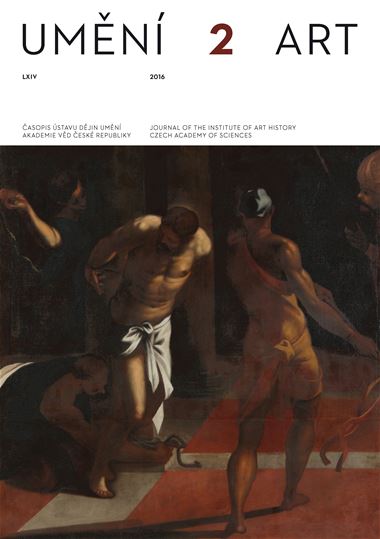Petr Čehovský
Early Renaissance Architectural Sculpture in Lower Austria
Lower Austria is one of the regions of Central Europe with relatively abundant well-preserved Early Renaissance architecture and architectural sculpture. This paper focuses on the development of Early Renaissance architectural sculpture in Lower Austria with the emphasis on the key role of the client and on Italian models for chosen architectural sculptures. The main text is divided into several sections according to the rulers: the times of Matthias Corvinus (1485–1490), Maximilian I Habsburg (1493–1519) and Ferdinand I Habsburg (1521–1564). On the basis of comparison with contemporary Italian architectural sculpture, the author distinguishes between the Lower Austrian architectural sculptures executed by Italian stonemasons and the architectural sculptures executed by local stonemasons, especially the stonemasons from the guild in Eggenburg. While the classicizing, stylistically pure Renaissance architectural sculptures were exclusive artistic commissions (decoration of the Viennese house of Peter Junkherr von Edlasberg, decoration of the buildings for Ferdinand I Habsburg etc.), in most cases the mixed style, combining elements of Gothic and Renaissance and preferred by the members of higher and middle shifts of society (nobility, burghers and clergy), prevailed in Lower Austrian Early Renaissance architectural sculptures. The author concludes that the mixed style that was very popular in Central European architectural sculpture in the first half of the 16th century was the logical reaction of local society to the visual culture of the Italian Renaissance. In conclusion, the author demonstrates the change in methodological approach in the analysis of Early Renaissance architectural sculpture in Lower Austria during the last c.70 years. He states that while in the first half of the 20th century stylistic formal analysis prevailed in the analysis of Early Renaissance Lower Austrian architectural sculpture, recently the approach to analysis is much more varied and the iconographic, iconological and epigraphical analysis of architectural sculptures has an essential influence as well.
Full-text in the Digital Library of the Czech Academy of Sciences:
https://kramerius.lib.cas.cz/uuid/uuid:0563e4d3-0371-4ebe-a575-733639cbade8
< back

